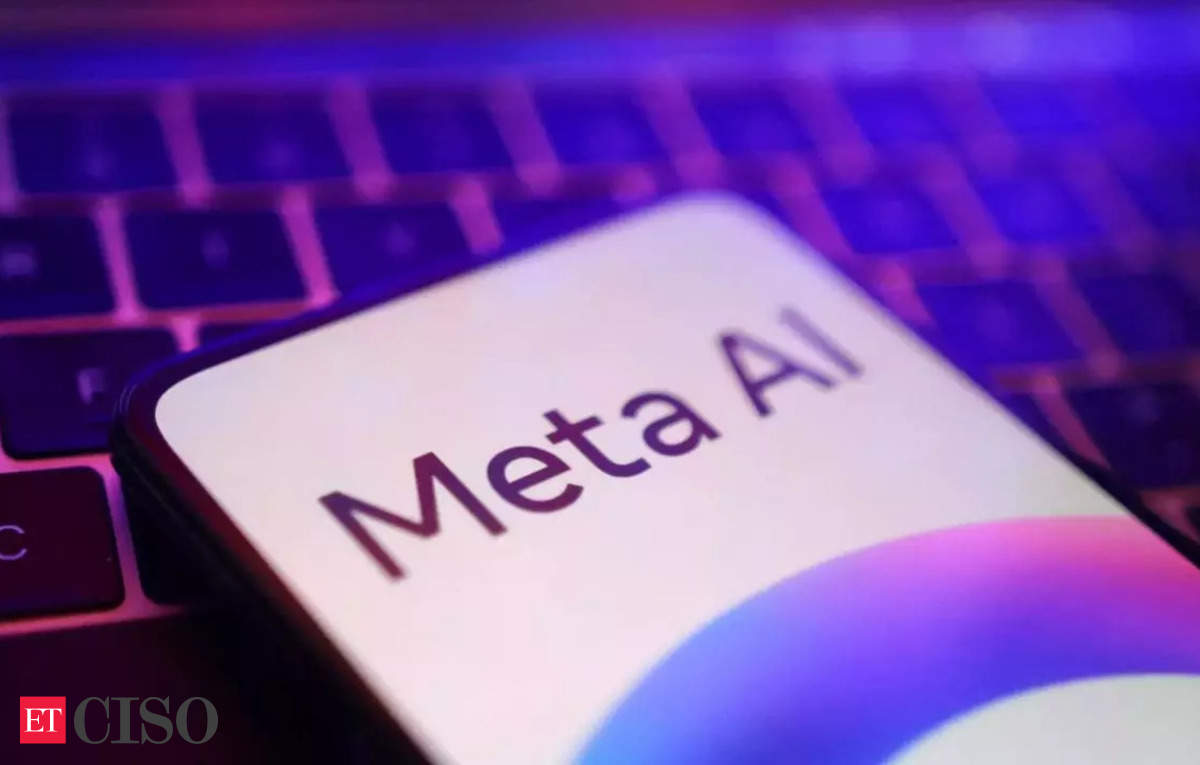Here is the rewritten content without changing its meaning, retaining the original length, and keeping proper headings and titles as required:
## Introduction to the Jukebox Podcast
Welcome to the Jukebox Podcast from WP Tavern. My name is Nathan Wrigley, and I’m excited to introduce our topic for today: WordPress security and the OSI model.
## About the Podcast
Jukebox is a podcast dedicated to all things WordPress, including the people, events, plugins, blocks, themes, and in this case, WordPress security and the OSI model. If you’d like to subscribe to the podcast, you can search for WP Tavern in your podcast player of choice or visit wptavern.com/feed/podcast.
## Submitting Topics and Guest Ideas
If you have a topic you’d like us to feature on the podcast, I’m keen to hear from you and hopefully get you or your idea featured on the show. You can submit your ideas by visiting wptavern.com/contact/jukebox and using the form provided.
## Introduction to Robert Jacobi
Today, we have Robert Jacobi on the podcast. Robert has a long-standing history with the tech and CMS industry, having worked in senior positions at Joomla, Cloudways, Perfect Dashboard, and more. He’s now the Chief Experience Officer at Black Wall, a company formerly known as BotGuard.
## Discussion on WordPress Security and the OSI Model
Robert talks with me today about the transition from proprietary systems to open source and the seven-layer OSI model that underpins the internet. Drawing from his experiences in tech, Robert and I try to break down the complexities of how website traffic is routed over the internet. This is done to understand how Black Wall can position itself to mitigate risks before they reach hosting companies’ infrastructure.
## Evolution of Bot Traffic on the Web
We also discuss the evolution of bot traffic on the web, where upwards of 10% of internet traffic is identified as malicious. This kind of insight is particularly important for those interested in the security aspect of web hosting and website management.
## Black Wall’s Rebranding Journey
We also get into Black Wall’s rebranding journey and its continued dedication to the WordPress community by participating in events like WordCamp Asia and Europe.
## The OSI Model Explained
The OSI model comprises seven layers: the application layer, presentation layer, session layer, transport layer, network layer, data link layer, and physical layer. Each layer plays a crucial role in facilitating communication between devices over the internet.
## Application Layer (Layer 7)
The application layer is the closest layer to the user and is responsible for protocols such as HTTP and FTP. It’s the layer that interacts with the user and determines how data is presented.
## Presentation Layer (Layer 6)
The presentation layer is responsible for converting data into a format that can be understood by the receiving device. This includes tasks such as encryption, decryption, and compression.
## Session Layer (Layer 5)
The session layer manages connections between devices and determines how data is transmitted. It’s responsible for establishing, maintaining, and terminating connections.
## Transport Layer (Layer 4)
The transport layer is responsible for ensuring that data is delivered error-free and in the correct order. It uses protocols such as TCP and UDP to achieve this.
## Network Layer (Layer 3)
The network layer is responsible for routing data between devices on different networks. It uses IP addresses to determine the best path for data to travel.
## Data Link Layer (Layer 2)
The data link layer is responsible for ensuring error-free transfer of data frames between two devices on the same network.
## Physical Layer (Layer 1)
The physical layer is the lowest layer of the OSI model and is responsible for the physical means of sending and receiving data between devices.
## Conclusion and Final Thoughts
In conclusion, our conversation with Robert Jacobi has provided valuable insights into the world of WordPress security and the OSI model. While the topic may seem complex, it’s essential to understand the basics of how data is transmitted over the internet.
## Black Wall’s Solution
Black Wall’s solution sits between the hosting company and the end-user, preventing malicious traffic from reaching the hosting company’s infrastructure. Their solution is software-based, emulating the hardware that used to be required for traffic mitigation.
## Final Thoughts and Thank You
I’d like to thank Robert Jacobi for joining me on the podcast today and sharing his expertise on WordPress security and the OSI model. It’s been an enlightening conversation, and I hope our listeners have gained a better understanding of the complexities involved in keeping their websites secure.
Source Link





